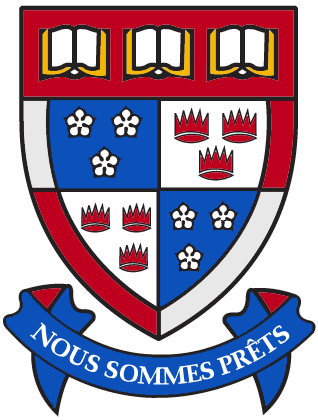Discussion
In comparison to other work done in British Columbia by the Ministry of Transportation and Infrastructure, pursuing upgrades on the Sea to Sky Highway for cycling safety should be a concern moving forward; its low-cost and potential to reduce accidents in the region should not be overlooked. As there are approximately 1,400 injuries and 10 fatalities involving road cyclists every year in the province (Grossman, 2011), a reduction of just one fatality on the Sea to Sky Highway at any point in the future would likely offset the cost to British Columbians of the suggested upgrades.
Improvements in safety will help contribute to an increase in use of bicycles in the region. The potential rise of physical activity levels will assist in the reduction of avoidable health care spending on sedentary-related illness, currently consuming an estimated 16% of health expenditures in Canada (Canadian Institute for Health Information, 2010). Ensuring cyclist safety through these upgrades will further solidify the Sea to Sky Highway’s status as a world-renown cycling destination for tourists. Emphasis must be placed on the low-cost of the proposed mitigation methods and the need to pursue improvements of cycling safety; the table below compares such costs to past projects in the province.
| Projects | Total Cost |
Cariboo District (2011): pavement resurfacing (24.47 km) |
$3,221,952.61 contract |
Highway 3A (2011): rumble strip and reflectors |
$161,166.00 contract |
Highway 31 (2011): replacement of two stacked rock walls with concrete walls |
$960,000.00 contract |
Mission area - Side roads (2011): pavement repair and asphalt resurfacing |
$446,981.00 contract |
Highway 1 (2012): 3m high, 270m long noise barrier |
$355,380.00 contract |
Sea to Sky Highway proposed upgrades: signage, sweeping, bike-activated signals, drainage replacement |
Estimated cost: ~$116,000 |
The broken-down costs to improve cycling safety along the Sea to Sky Highway can be seen below. As noted, these provide a low-cost alternative to widening the shoulders, while increased signage will further instill in motor vehicle drivers the “Share the Road” ideal. Debris and drainage was noted to cause the most hazardous cycling environment; the simple suggested measures could reduce this danger greatly. Lastly, as Porteau Cove is the most dangerous section of the route, cyclist-activated warning signs have been suggested. These electronic signs will ensure that at all times when there is a cyclist present, motorists will be aware and able to maintain a proper speed and distance to ensure a safe environment for both road users.
| Recommended Mitigation Upgrades | Cost | Details |
| Increased Signage | 30 bike signs at an average spacing of less than 8 kilometers | |
| Altered notification on electronic message boards | When road conditions are acceptable, display share the road notifications | |
| Increased Sweeping | Sweep Highway an additional four times per annum - once per month (April - July) | |
| Drainage Improvements | Fifty of the most dangerous drain replaced with bicycle safe grates and perimeter re-painted once per annum | |
| Cyclist-Activated Signals | Two cyclist-activated signals using loop, detectors, installed at each end of Porteau Cove | |
| Total Cost: $116,100 |
Continue to Conclusion
